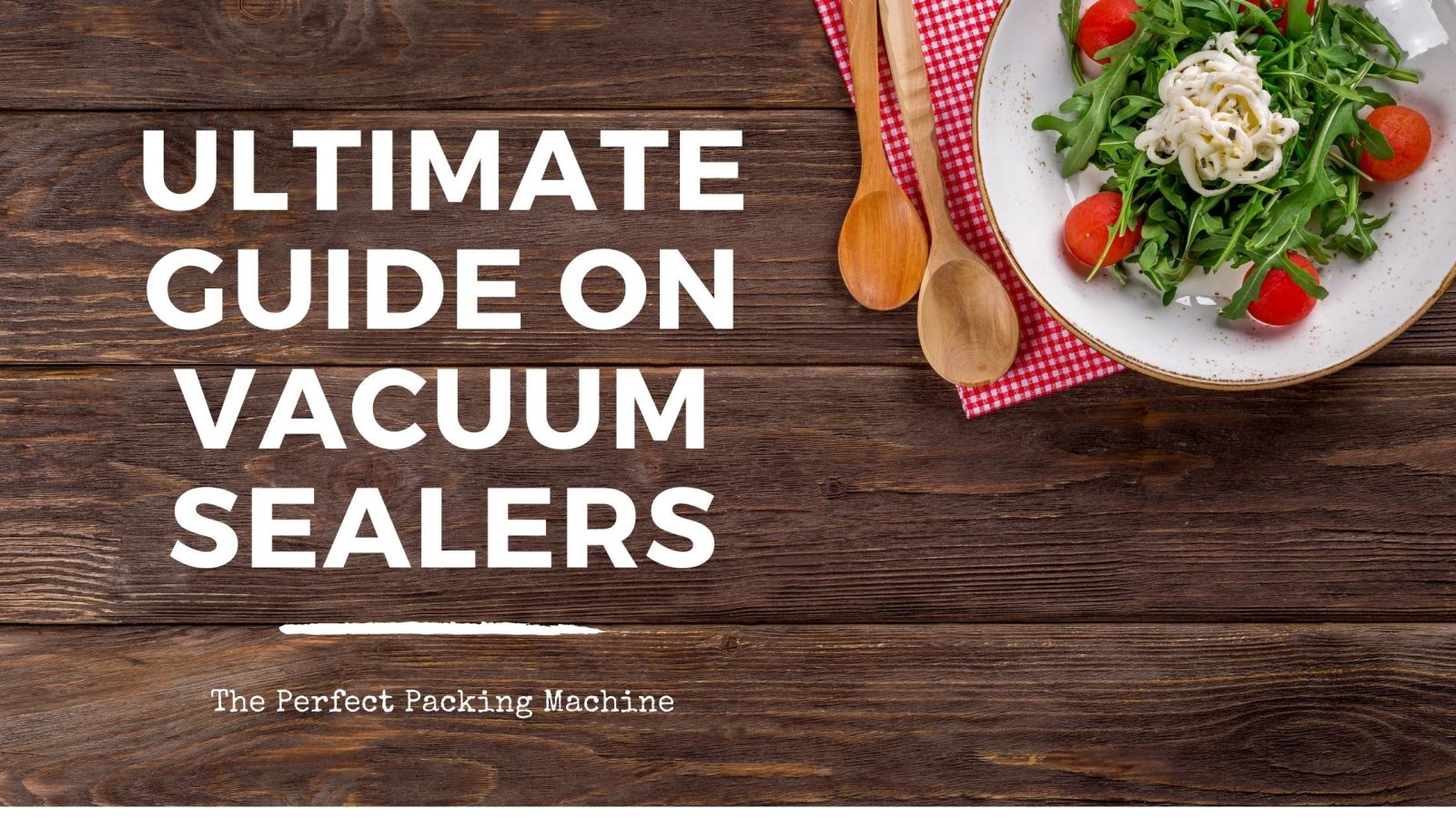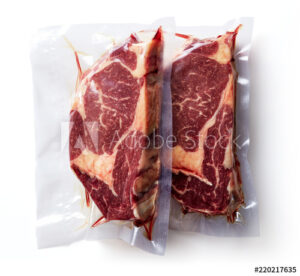
What is a vacuum sealer?
Vacuum packing is a packaging method which before sealing, removes air from the package. This technique involves placing objects in a plastic film container (manually or automatically), extracting air from the inside, and sealing the package.
 Vacuum Sealer
Vacuum Sealer
Shrink film is often used to suit the contents tightly. The purpose of vacuum packaging is generally to remove oxygen from the container to prolong the shelf life of the food and to minimize the volume of the contents and packaging with flexible package shapes.
Who invented the Vacuum Sealer?
The most popular question asked about vacuum sealers is ” What is a Vacuum Sealer? ” and the following question… Who invented it?
A German inventor named Karl Busch first developed and made use of home vacuum sealers. First, in 1963, he entered the market with industrial sealers.
Types of Vacuum Sealers :
Consider what you expect the machine to do to choose the best vacuum sealer for your company.
Your two main choices are chamber and external (also called out-of-chamber) machines, and which one you choose boils down to the amount of sealing you intend to do, whether you want to package liquids, and your budget.
A pistol-type vacuum sealer could also benefit from some specialized applications.
Chamber Vacuum Machines –
For applications where you will be doing a lot of sealing, sealing in big batches, and sealing liquids, chamber vacuum sealers are best.
They have a higher upfront cost, but than an external computer, they give you much better efficiency and flexibility.
A chamber machine is a must-have if you are packaging liquid-rich foods regularly. To buy this product, “click here“.
External Vacuum Machines –
If you just do occasional sealing, even if you don’t seal liquids, external vacuum sealers are a great option.
They cost much less and have an outstanding seal than chamber machines, but lack a lot of the flexibility and efficiency a chamber unit can provide.
An external machine is an ideal solution if you’re trying out vacuum packaging for the first time or you know you just need a medium-duty model. To buy this product, “click here”
Pistol-Type Vacuum Sealers –
A pistol vacuum sealer is mostly for applications were carrying the sealer to the bag is more convenient, rather than the other way around. You seal the bag first, manually, using an included handheld sealer tool, and then draw air out through the valve.
It uses a special bag with an incorporated valve. Similar to the pulse mode of a traditional external machine, the pistol-style grip lets you draw air out as needed.
What is the best vacuum sealer for home use?
The best Vacuum Sealer for home use is Vacuum Sealer P 280.
Vacuum Sealer P 280. gives full air extraction… The substance can be stopped from being contaminated by odor, off-odor, or dehydration after vacuum packaging and kept fresh at normal temperatures for longer periods of time.
The P280 Household Vacuum Sealer is ideal for the packaging of dry and somewhat damp materials. Stainless steel nozzle for suction is ideal for general plastic bags, composite food bags, aluminum foil bags, and other plastic bags; Stainless steel suction nozzle is suitable for general plastic bags, composite food bags, and aluminum foil bags, and other plastic bags. Commonly used in food, medicine, electronics, and other industries.
Advantages of the P 280 model :
- To ensure that food is kept fresh for a long time, the new vacuum pump has a very high vacuum standard.
- Wide lock, longer life, and better sealing newly created.
- Modern heating system, ideal sealing, and simpler maintenance.
Let us take a detailed look into why Vacuum Sealing is essential:-
Dry foods –
When pantry items such as rice, cereal, pasta, and other dry food items are vacuum-sealed, they seem to last 2-4 times longer than when they are packed conventionally.

Without vacuum sealing, pantry goods such as flour, sugar, rice, and pasta will last for up to 6 months in the pantry. They will last for up to 2 years when they are vacuum-sealed.
They will last for up to 2 years when they are vacuum-sealed.
Frozen foods –

Frozen meat, poultry, and fish, when conventionally packaged, will last up to six months in the freezer. For up to 3 years, frozen meats may remain fresh and free from freezer burn when vacuum sealed. Vegetables also perform well in the freezer and when vacuum sealed, will last for months.
Raw foods –
A vacuum sealer also holds the food fresher for longer when it comes to raw foods contained in the refrigerator. Cheese can be spoiled in as little as 1 to 2 weeks, but when vacuum-sealed, it can last 4 to 8 months.

The fruits and berries stored in the refrigerator remain fresh for less than a week, but you can double their lifespan with a vacuum sealer, keeping them fresh for up to 2 weeks.
Cooked foods –

Vacuum sealing will also allow food and leftovers for your meal-prepping to remain fresh for longer. Most cooked foods can remain fresh for 1-3 days in the refrigerator only. Cooked food can last up to 2 weeks in the refrigerator when vacuum-sealed.








 Vacuum Sealer
Vacuum Sealer




